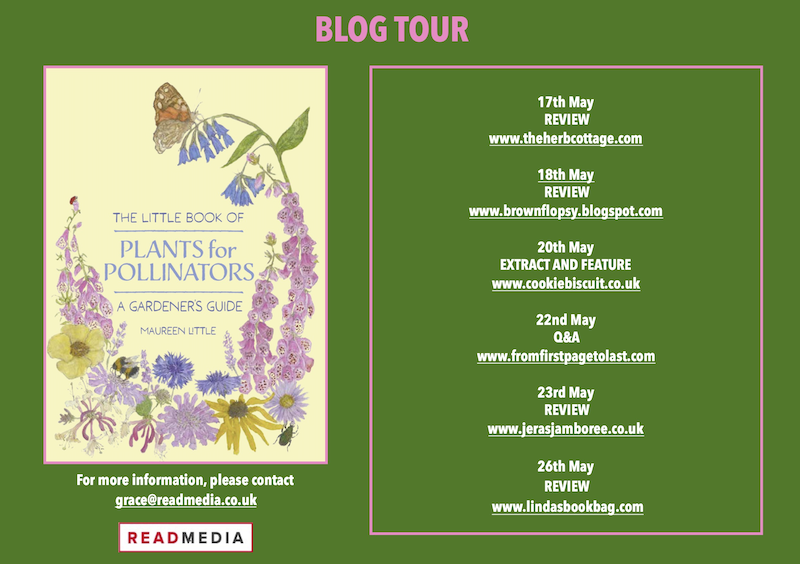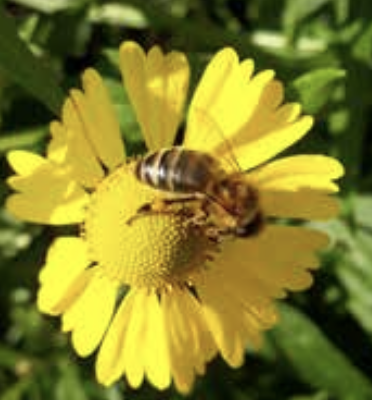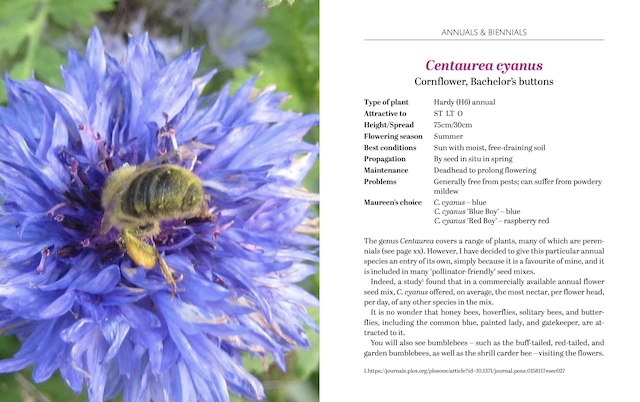A Gardener’s Guide by Maureen Little

A book for gardeners
The Little Book of Plants for Pollinators opens with an introduction about why Ms. Little chose to write a book on garden plants for pollinators. She reiterates what many of us are already aware: that pollinators are of utmost importance to our planet. Pollinators assure that there will be food crops for us as well as food for other animals, including adult birds, rodents and other insects. She explains her choice of only including domesticated over wild plants. The book is for gardeners. Each plant chosen is garden worthy and can be grown in an average garden by a gardener of average skill.
The early chapters
The early chapters of the book define what a pollinator is and how she categorizes them. She must especially love bees because she describes all the different types. She details, without using technical language, what the different bees like to forage and whether the bee is a solitary bee or part of a colony. Then she goes on to describe butterflies and moths, various flies, wasps and beetles.


The text is very readable because she knows she is talking to gardeners, not scientists. There are colorful pictures of many of the insects she profiles, complete with plants the insect can be found on.
Ms. Little discusses what pollinators need: water and food, pollen and nectar. There is a whole section on what gardeners can do to attract and accommodate pollinators besides growing plants for them. She unapologetically advocates organic gardening, getting rid of all pesticides and having “no mow” areas to allow wild plants to survive.
She describes the many shapes and colors of flowers and which insects need which type of flower. All the information is backed up with references.
Plant Lists
Plant Lists comprise much of the Little Book of Plants for Pollinators. She chose 100 plants to profile. She divides the plants into sections: annuals and biennials, herbaceous perennials, shrubs and climbers and trees. Each listing has a page of its own with lots of information about the plant: mature size, cultivation, problems for the gardener as well as a key relating to what types of insects can use the plant. A picture accompanies each listing.

As I read through the plant lists, I wanted each and every one in my garden! The descriptions are vivid and inviting. I did order a few new plants for my flower beds because of this book. Ms. Little lives and gardens in England, so when reading the plant descriptions, keep in mind where you live and how your climate and garden conditions differ from where Ms. Little is.
I recommend this book not only to gardeners who want to create a haven for pollinators, but also as a useful reference for gardeners looking for plants for their gardens, whether they want to attract pollinators or not.
